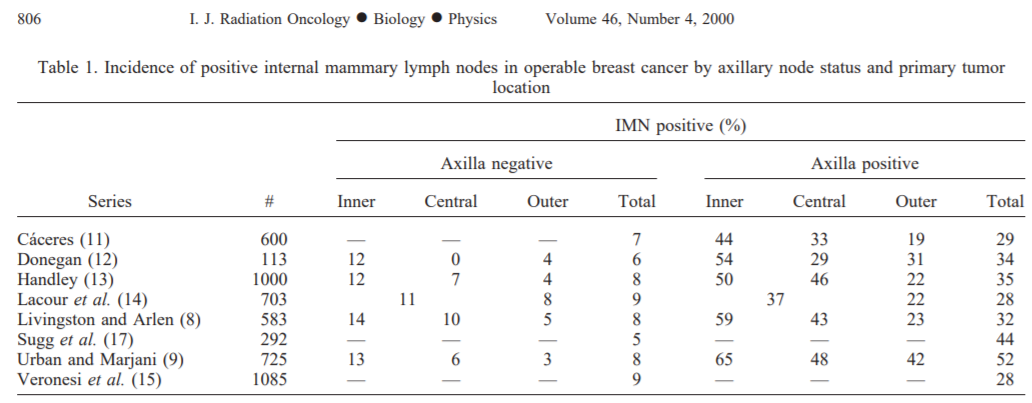- Joined
- Mar 20, 2013
- Messages
- 1,912
- Reaction score
- 3,506
I have an 83 year old that had a 5 cm VERY far medial left breast mass, eroding into skin and rib/pec muscle. She has a number of comorbidities including CHF with a pacer/defib.
Clinical staging was T3N1 (a few axilla nodes)M0.
She had an excision of the mass (just did a "lumpectomy") and axillary dissection. + margins into the chest wall muscle as you'd expect. Really surgeon didn't think she'd do as well with a mastectomy and family reports surgery was "really hard on her" so no more plans for surgery. She's definitely strong enough to do post op radiation, ECOG is 1. Med onc says no chemo.
Final path staging T3N1 with 3/15 nodes positive, largest 2.1 cm with ECE. + margin on tuomr with dermal invasion but no skin ulceration. +LVSI. Invasive ductal carcinoma, ER/PR +, her 2 (-).
Here's the rub - her pacemaker is right in front of her left axilla. No way to treat this area without moving hte pacer.
I'm thinking maybe just treating her lumpectomy cavity as long as her post op CT I'm getting shows no gross nodes.
Is this crazy?
Clinical staging was T3N1 (a few axilla nodes)M0.
She had an excision of the mass (just did a "lumpectomy") and axillary dissection. + margins into the chest wall muscle as you'd expect. Really surgeon didn't think she'd do as well with a mastectomy and family reports surgery was "really hard on her" so no more plans for surgery. She's definitely strong enough to do post op radiation, ECOG is 1. Med onc says no chemo.
Final path staging T3N1 with 3/15 nodes positive, largest 2.1 cm with ECE. + margin on tuomr with dermal invasion but no skin ulceration. +LVSI. Invasive ductal carcinoma, ER/PR +, her 2 (-).
Here's the rub - her pacemaker is right in front of her left axilla. No way to treat this area without moving hte pacer.
I'm thinking maybe just treating her lumpectomy cavity as long as her post op CT I'm getting shows no gross nodes.
Is this crazy?


